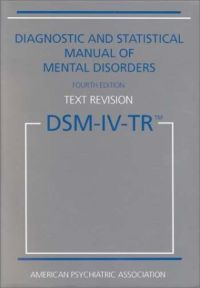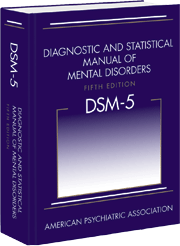David J. Wright, MA., MSW
WKPIC Doctoral Intern
Schizophrenia causes pain, enormous suffering, and significant physical and emotional distress to the individual, but also to the primary caretakers. Recent headline news has focused on emotional stories that involved mental illness and psychosis. These stories are tangible, and the consequences of untreated mental illness continue to hurt members of our society. Increased understanding of this devastating disorder is essential to stopping this pain and damage.
In their article, the authors examine specific risk factors (i.e., familial liability and perinatal problems) that are often overlooked during young childhood and adolescent stages of development. Family, twin, and adoption studies strongly suggest that genetic transmission accounts for most of the familial aggregation in schizophrenia. The risk of contracting the disorder is about 10 times higher if a first-degree relative is ill, and decreases from close to more distant relatives. The authors review numerous studies about risk factors, which indicate that many people who develop schizophrenia are exposed to a variety of stressful perinatal events such as extreme maternal stress, maternal antenatal depression, prenatal exposure to influenza, living in an urban area, obstetrical complications, poor maternal nutrition, and famine, just to name a few.
The authors further present two models for the onset of psychosis; The Vulnerability Model and The Hybrid Model. The Vulnerability model addresses the diathesis-stress model, which explains individual behavior as a predisposition or vulnerability together with stress from life experiences. It can take the form of genetic, psychological, biological, or situational, environmental factors. The Hybrid/interactive model is more or less an equilibrium model in which vulnerable individuals have possibilities to move in any direction between an asymptomatic and symptomatic state.
Salokangas & McGlashan (2008) take a proactive position about combating the acceleration of prodromal symptoms, which is potentially important for early intervention and comprehending the psychotic process. In clinical practice, a prodrome is an early symptom or set of symptoms that might indicate the start of psychotic-like experiences. The symptom profile of prodromes is extremely variable. The most frequent features include disturbances of attention or inability to concentrate, apathy or loss of drive, depression, sleep disturbances, anxiety, social withdrawal, suspiciousness, deterioration in school, work or other functioning, and anger coupled with irritability. Clearly, these are non-specific to schizophrenia and are very often seen, for example, in the early phases of depression. The prodrome to schizophrenia usually begins with additional nonspecific, neurotic-like symptoms, followed by more specific pre-psychotic symptoms, eventually leading to frank psychosis. The awareness of, early detection of, and aggressive treatment of these symptoms may prevent patients and families and entire communities from descending into the pandemonium of a completed psychotic process.
However, the key question remains: What interventions are available to patients at risk of psychosis? The authors address neuroleptic treatment, cognitive psychotherapy, and integrated treatment to define standards of care and contribute to best practices.
This article was useful to me at an internship level, in better understanding the risk factors associated with the evolution of schizophrenia, and the importance of early intervention into an evolving psychotic process.
References
Salokangas, R.K.R., & McGlashan ,T.H. (2008). Early detection and intervention of
psychosis. A review. Nord J Psychiatry 2008;62:92. Oslo. ISSN 0803-9488.
The Prodromal Phase of First-episode Psychosis: Past and Current Conceptualizations. Retrieved from http://www.mentalhealth.com/mag1/scz/sb-prod.html.





 portant for all clinicians and clients. A great resource for guided relaxation exercises is
portant for all clinicians and clients. A great resource for guided relaxation exercises is